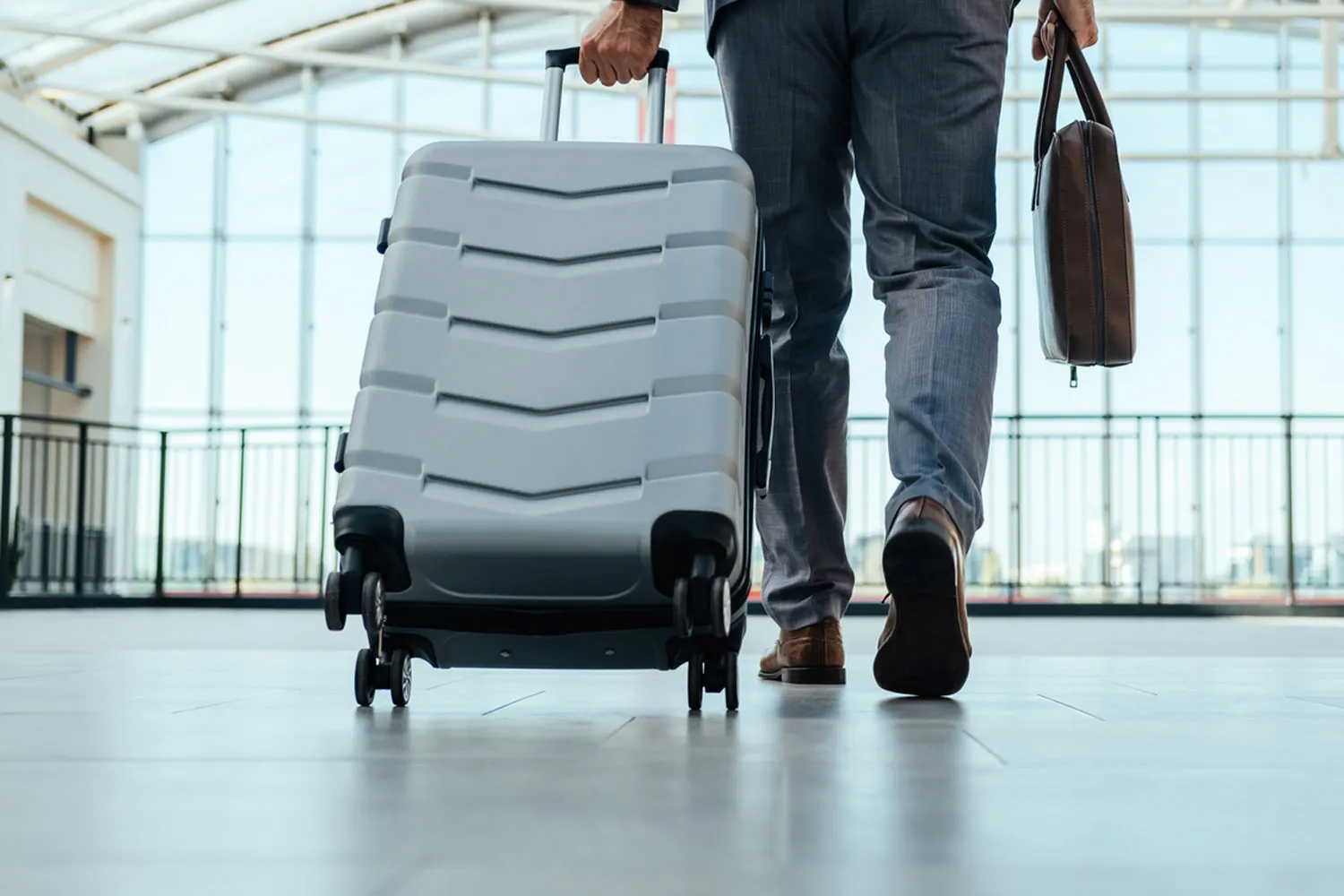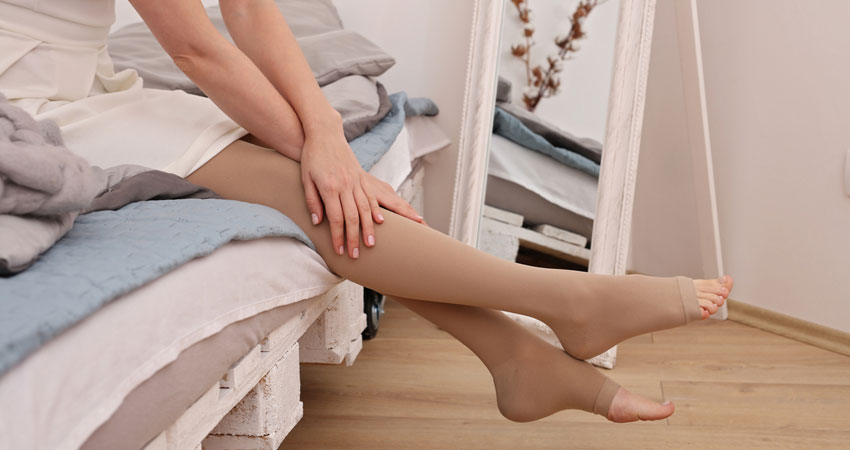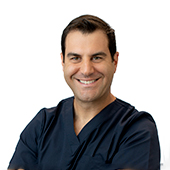This year has seen a record number of Australians traveling long distances overseas for summer holidays in Europe and the US. In May and June alone, there has been at least a 50% increase in overseas departures compared to the same time last year. With such a surge in numbers, an increasing number of patients are asking how they can stay healthy during these long flights.
If you suffer from varicose veins, you may be at an increased risk of developing Deep Vein Thrombosis (DVT), which is a blood clot in the veins of the lower legs. In some cases, the blood clot can travel to the arteries of the heart and result in a Pulmonary Embolus (lung clot), which can be fatal. Therefore, it is of utmost importance to be aware of this risk if you are planning to travel and to know what you can do to minimise the risk of a blood clot.
The first step is to discuss this with your treating doctor, General Practitioner, or Phlebologist. They will be able to assess your individual risk reviewing your medical history and an examination and provide you with a personalised management or prevention plan. In more general terms, there are several things you can do on the plane to help maintain healthy blood circulation and minimise the risk of developing deep vein clots. These tips are well-accepted and have been published on various websites, including the Centre for Disease Control & Prevention website and even the Qantas website.
We will go through these general tips, but it is important to discuss this with your treating health practitioner as they should not be a substitute for an individualised health assessment.
How to help improve circulation and minimise your chances of DVT on long-haul plane trips.
- Stay active and walk around as much as possible.
Walking regularly during the plane flight will help circulate your blood through your leg veins and towards your heart, reducing your DVT risk. Take regular breaks from watching TV, reading on your iPad, or even sleeping. Walk up and down the aisles and visit the toilet regularly. Many people find it helpful to schedule their breaks using a stopwatch or their smartphones. If you are sitting for a long time, try wriggling your toes and flexing and extending your feet and lower legs to help with blood circulation. Inform the flight attendant that you want to stay active and mobile. Remember, it’s important to avoid sitting in one position or crossing your legs for extended periods. - Plan a stopover.
If it is feasible, try to plan your trip as a multi-city stopover. Walking before, after, and in between flights can be extremely beneficial for promoting good blood flow. For example, if you are traveling to Europe from Australia, consider scheduling a stopover in Singapore and then the Middle East (UAE/Qatar) before taking the final leg. This will ensure you get plenty of walking in between your flights. There are many things to do during a stopover, so don’t be afraid to explore the airport rather than sitting in a lounge. - Stay hydrated.
The high altitude and cabin pressure on a plane, along with limited mobility, can significantly affect blood circulation and increase your risk of DVT. It is important to stay well hydrated during the flight to avoid dehydration. Avoid drinking excessive amounts of alcohol, as it can also lead to dehydration and further affect normal blood flow. Since it’s difficult to determine how much alcohol is too much, it is best to minimise it or avoid alcohol altogether. - Wear compression stockings.
Properly fitted compression stockings can help gently compress varicose veins and prevent blood pooling. They also promote normal blood and lymphatic flow. Consult your phlebologist to determine which type of stocking would be most appropriate for you. Keep in mind that poorly fitted stockings can create a “tourniquet effect” and increase your risk of DVT by constricting blood flow, so make sure the fit is correct.
If you have varicose veins and are planning to travel, please seek expert advice from the doctors at Vein Health Medical Clinic.







